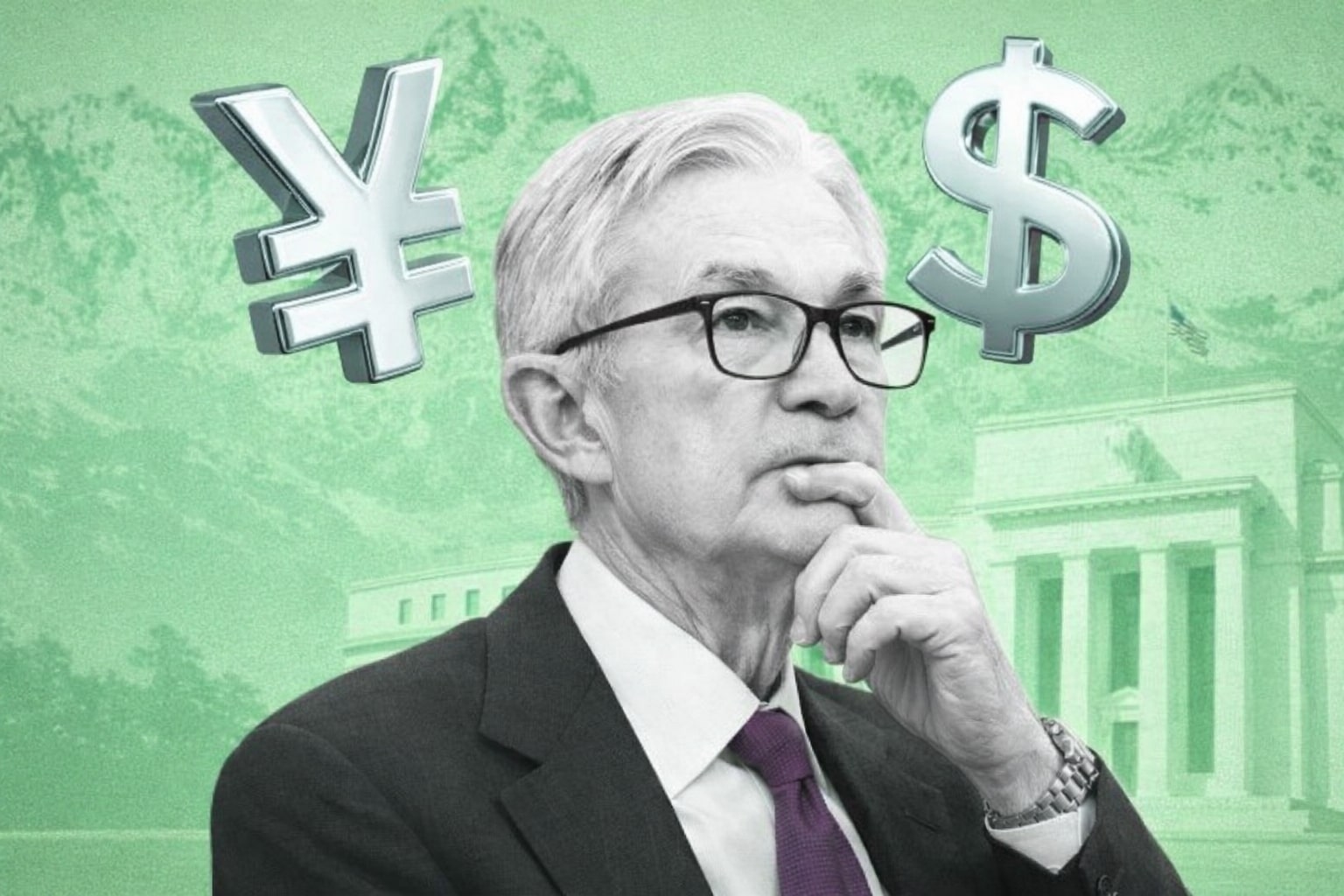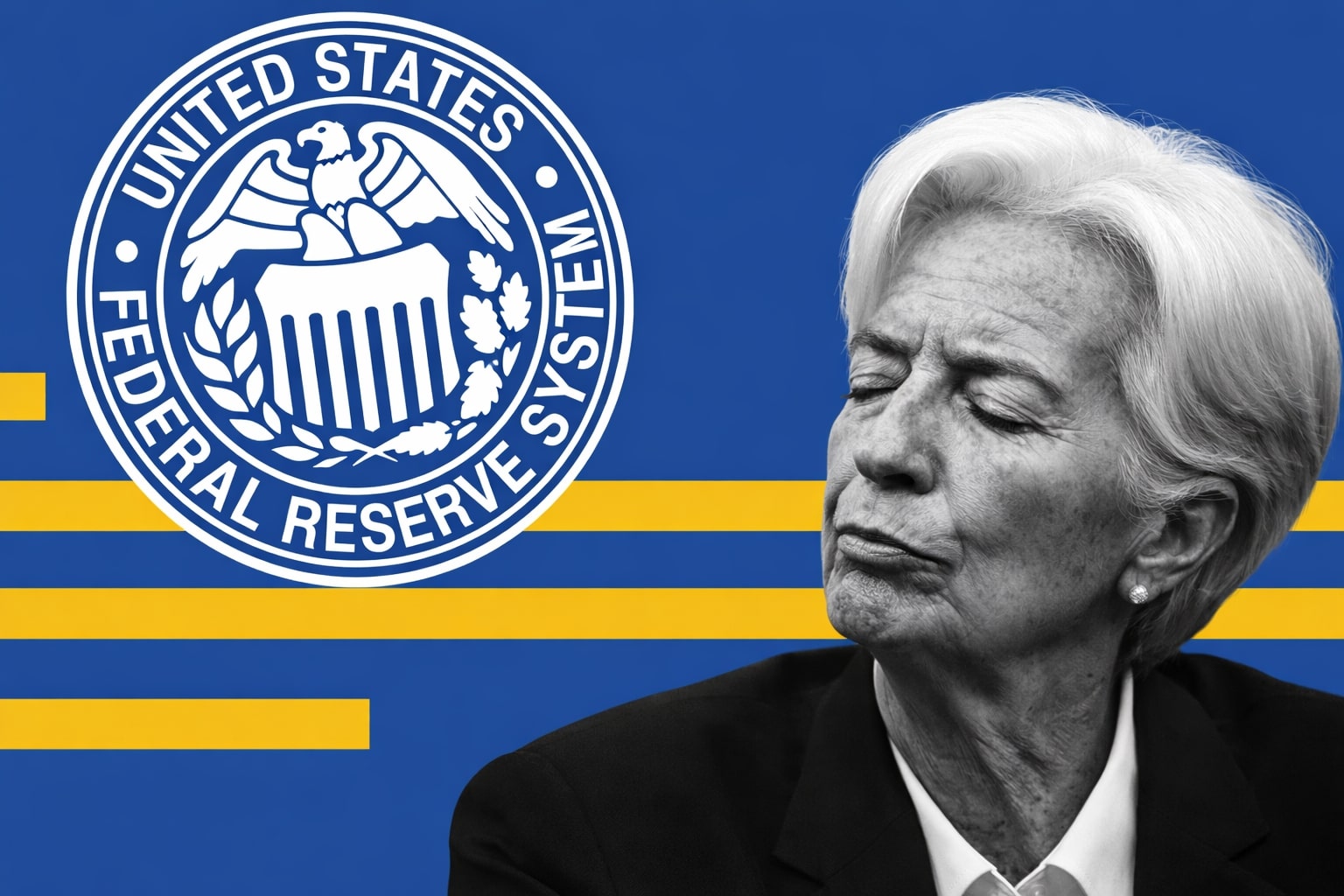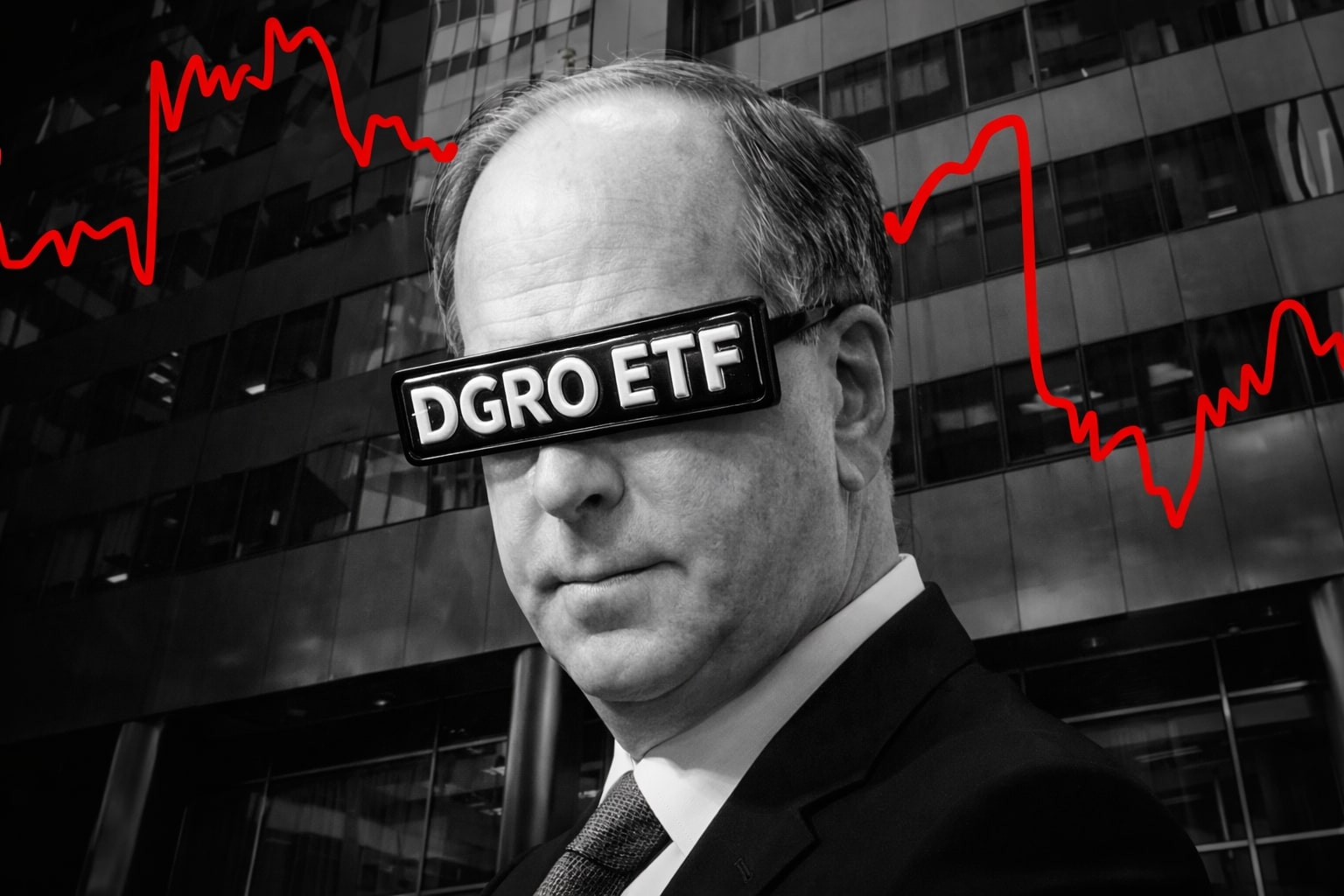
GBP/USD Price Plummets on BoE Rate Cut and US Dollar Resurgence
Policy divergence and tariff shocks drive sterling to multi-month lows as technical breakdown confirms bearish momentum | That's TradingNEWS
GBP/USD’s Response to US Economic Surprises and Tariff Shocks
The British pound recoiled sharply against the dollar after the US economy delivered a 3.0 percent annualized GDP expansion in Q2, comfortably outpacing the 2.5 percent projection, and underlining the resilience of consumer spending. Yet sterling’s bounce following the disappointing July nonfarm payroll print—just 73,000 jobs added versus the 104,000 consensus, and a combined 258,000 downward revisions to May and June—proved fleeting as market-watchers grappled with rising Trump-era tariffs. Hikes on imports from key trading partners have driven 10-year US Treasury yields back above 4 percent, and that yield advantage has cemented dollar strength. The interplay of robust US growth, unexpectedly weak labour data, and looming trade levies against China and Europe has propelled GBP/USD from the mid-1.36s down through the 1.3400 handle, testing the lower limits of its summer range.
The Bank of England Rate Cut and Global Policy Divergence
The BoE’s August 25 bp cut to 4.00 percent places UK policy on a markedly easier trajectory than the Fed’s 4.25–4.50 percent corridor and the ECB’s 2.65 percent key rate. This divergence has flipped traditional carry-trade flows, enticing euro- and dollar-based investors to short sterling. With UK CPI still at 3.6 percent, wage growth hovering around 3.2 percent, and unemployment edging up to 4.6 percent, the BoE faces asymmetric risks: further easing if domestic demand stumbles, but the spectre of second-round price pressures should energy or food costs spike. Against this backdrop, GBP/USD’s yield differential shifted from a modest 10 basis-point premium at 1.3750 in June to a 125 bp discount as the pair slid below 1.3400. Investors now price in an 80 percent chance of another BoE cut by year-end, a stance that has amplified sterling’s vulnerability to both US economic surprises and ECB surprises if eurozone growth falters.
Technical Momentum and Chart Patterns Extending the Downtrend
Technically, GBP/USD’s breach of the 22-week simple moving average signalled a decisive bearish shift. The pair’s RSI has spent the last three weeks below 50, most recently hovering around 38, reflecting sustained selling pressure. The break below the 1.3402 support to form a lower low confirms that the prior rising trend has reversed. After pausing near 1.3340 for two sessions, the path of least resistance points toward the next anchor at 1.3001, where the 2024 lows and a 61.8 percent retracement of the 2025 upmove converge. Meanwhile, attempts to rally into the 1.3500−1.3600 zone have encountered stiff resistance, capped by the 38.2 percent retracement of the mid-year slide at 1.3543 and the January trendline. The failure to clear those levels cements the bearish bias, with each rebound now treated as a selling opportunity rather than a resumption of the old uptrend.
Positioning and Sentiment: CFTC Data and Institutional Flows
CFTC data reveal a swift shift in large speculator positioning, with net noncommercial GBP/USD short positions swinging to 12,000 contracts as of last Friday—down from a net long of 600 contracts the previous week. This rapid accumulation of bearish bets suggests that institutional managers anticipate further declines. Meanwhile, prime brokers report a surge in structured products betting on sterling weakness via barrier puts struck at 1.3300 and 1.3200, underscoring market conviction. The sudden uptick in short gamma and vega exposure around those levels means any violent intraday rebounds could trigger forced liquidation of longs, accelerating the slide toward parity tests with the US dollar.
Geopolitical Undercurrents and Trade Negotiation Impact on the Pound
Beyond macro and technical drivers, geopolitical flashpoints—from the White House’s threatened 100 percent tariff on Russian oil imports to Brexit-era disputes over Northern Ireland protocols—have added layers of uncertainty. UK officials find themselves negotiating parallel free-trade arrangements with Australia and New Zealand even as they seek a swift US deal, and any breakdown in those talks would erode market confidence in sterling. At the same time, elevated energy and food import bills, exacerbated by disrupted Black Sea exports and tight LNG supplies, weigh on the current account and reinforce the narrative of a structurally weaker pound heading into 2026.
Once all the above factors have played out and GBP/USD finds its footing around critical supports, a measured verdict becomes possible. Until that time, with growth and policy divergence favouring the US dollar, technicals pointing southward, and sentiment overwhelmingly bearish, I classify GBP/USD as a sell, anticipating a re-test of the 1.3000-1.3100 zone before any durable recovery materializes.
That's TradingNEWS
Read More
-
DGRO ETF Price: Is DGRO at $69.17 Still the Better Dividend-Growth Bet?
17.12.2025 · TradingNEWS ArchiveStocks
-
XRP Price Stuck Below $2 As XRPI at $10.74 and XRPR at $15.26 Ride $1B+ ETF Inflows
17.12.2025 · TradingNEWS ArchiveCrypto
-
Natural Gas Price Forecast - NG=F Steady Near $4 as TTF Jumps on Colder Forecasts and LNG Outage Risk
17.12.2025 · TradingNEWS ArchiveCommodities
-
USD/JPY Price Forecast: USDJPY=X 155.50 Pivot Before BoJ Hike and US CPI
17.12.2025 · TradingNEWS ArchiveForex



















